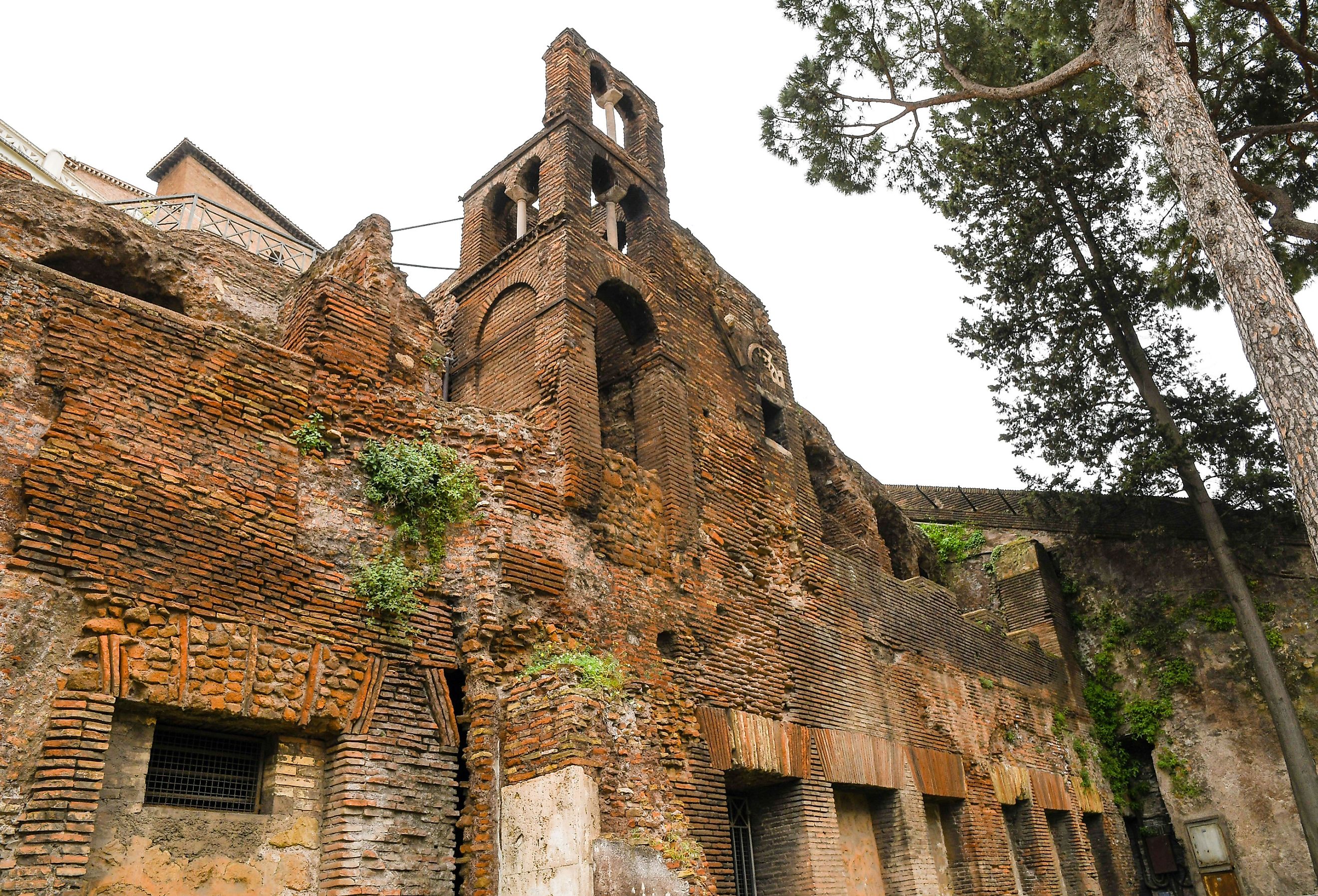
What Were Houses Like In Ancient Rome?
The Roman Empire was one of the most powerful nations in history. They controlled two million square miles of land. From politics to combat sports and language, the legacy of the ancient Romans changed the world. One area the ancient Romans are most celebrated for is their architecture. Their use of arches, domes, and columns in iconic buildings greatly influenced architecture. Buildings such as the Colosseum and Pantheon were grand structures; however, they were not where people lived. What structures people lived in is a topic not typically discussed regarding ancient Rome; however, here, we will explore what houses were like in the celebrated ancient society.
Building Materials and Techniques
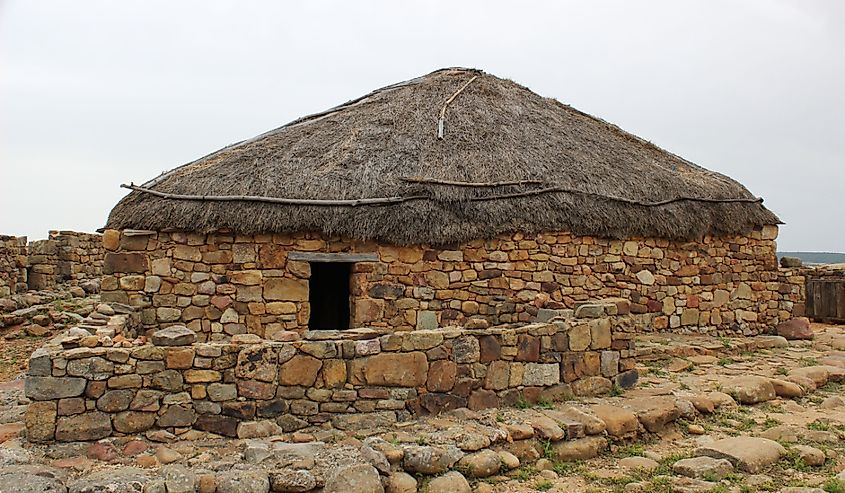
Before delving into what houses looked like in ancient Rome, we must understand how the Romans created them. Different materials made different houses in Rome. Poorer individuals used materials such as timber, mud brick, and concrete to build their homes. These houses were not as strong as ones made from stone and sometimes collapsed. They were also prone to fire because of the timber.
Wealthier individuals used a variety of materials to build their homes. In early ancient Rome, stone and unburned brick were extensively used. The Romans used white marble stucco to cover the buildings' outside. Over the course of the reign of the Roman Empire, building techniques changed. Some of the first homes used only mud and straw. Early stone homes used irregularly shaped stones. After stone-cutting techniques improved, buildings started to look more uniform.
Eventually, the ancient Romans started using other building techniques that revolutionized their house building. For example, mixing volcanic ash with lime and using fired bricks. Later, using concrete became integral to making a more solid wall.
Evolution of Housing
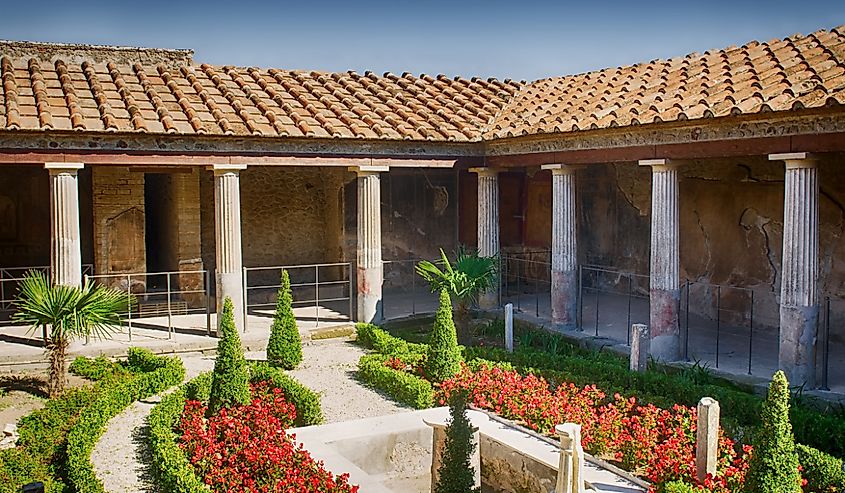
What housing looked like was not consistent over the ancient empire's reign. Housing changed in response to different socio-economic needs and cultural influences. In early Rome, from the 8th to the 5th century BCE, people lived in simple mud and straw huts. As Rome grew in size and influence, the ancient Romans encountered other cultures that inspired them.
During the late Republic and early Empire, Rome's power grew. With the growth of Rome's influence came bigger, extravagant housing that felt luxurious. Inspired by Hellenistic cultures such as the Greeks, the Romans built lavish suburban villas. The villas were homes for the wealthy and had multiple rooms, private baths, and ornate décor.
At the same time, another trend in Rome was happening: the building of apartment buildings, known at the time as Insulae. This took place from the 2nd century to the 3rd century CE and was an important step in urban development. Typically, people in poverty lived in these apartments. Later, from the 3rd century to the 5th century CE, the ancient Romans returned to simpler housing.
Importance of Social Status
Similar to today, housing was a symbol of status in ancient Rome. Houses looked different depending on an individual's economic and political power. Wealthy individuals could afford homes with more space and often owned multiple residences. Typically, noblemen lived in a building called a Domus or a countryside villa. While poorer individuals were usually crammed into flats with one or two rooms. Usually, the poor lived in Insulae or farmhouses.
Insulae
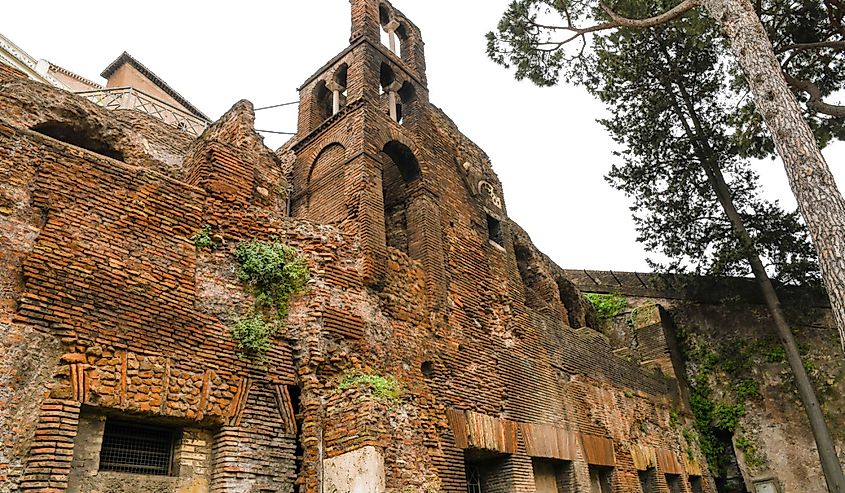
Most people in ancient Rome lived in insulae, multi-story apartment buildings and tenement blocks. The word for the ancient Rome residence insulae is Latin for islands. These apartment buildings were sometimes nine stories high. They were being built so high in ancient Rome that Emperor Augustus set a limit on how tall the buildings could be. This is because taller buildings were prone to collapse and more dangerous. Conditions in the insulae were often dangerous because of this risk. There was also the risk of flooding, fire, and disease since the buildings were usually unsanitary. The first couple of floors typically were the best to live on. They typically had larger rooms, windows, balconies, and running water. This was a luxury compared to the upper floors, which usually had one room for an entire family to fit into. These upper rooms often had no natural light, no water supply, or bathroom facilities.
Domus
Privacy was a status of wealth in ancient Rome. Having your own private home in ancient Rome was a right usually kept for noblemen and the Emperor. A Domus building was a private dwelling with one floor. Sometimes, these homes had grand architectural features such as pillars, statues, mosaics, and wall paintings. The homes also had large courtyards and sometimes a small pool to gather rainwater. Usually, Domus buildings had two main sections: the Antica at the front and the postica at the back. The antica was a space for socializing, whereas the postica was a private space. Some of the wealthiest ancient Romans housed personal slaves in the postica. The slaves would keep the house clean and cook.
Country Villas
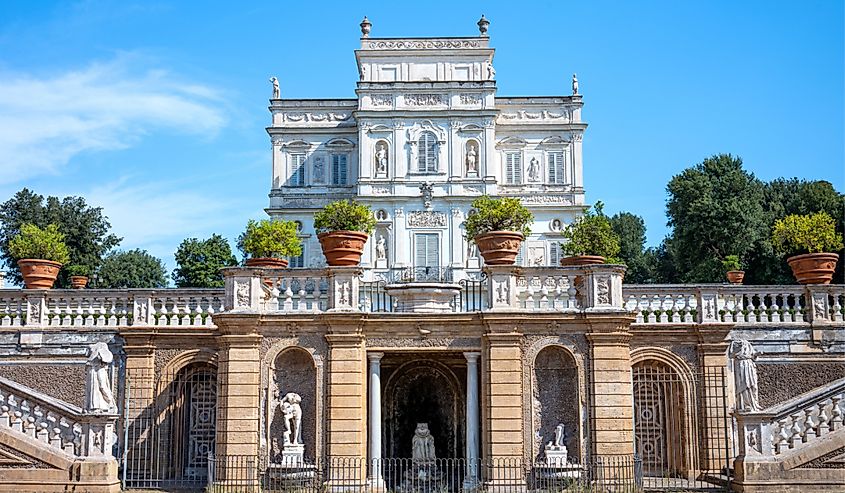
If noblemen lived outside the city, they often lived in a villa. These were larger than the Domus buildings because they occupied more land. The wealthiest people often had a Domus and a villa. This is similar to the modern-day upper class, who usually have a cottage as well as a house in the city. Country Villas in ancient homes were often extravagant, with a beautiful surrounding space for entertaining and sometimes private pools.
The Farmhouses
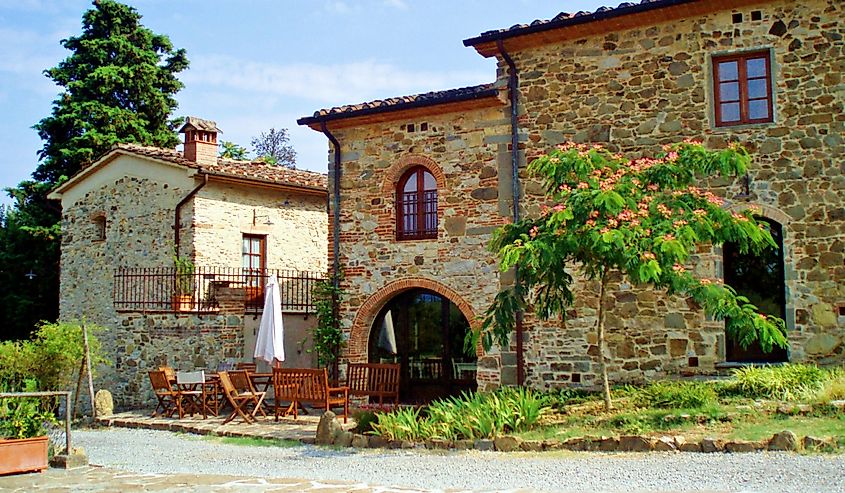
If you were poor and living in the countryside during the Roman Empire, you usually lived in a farmhouse. Farmhouses were small, cramped structures usually made out of stone. Farmhands, animal workers, and agricultural laborers lived in these farmhouses or in a nearby village. Unfortunately, not everyone had a farmhouse. Some people lived in the same place they worked. This could mean living the year in a dirty factory or industrial complex where workers were often exploited by the rich.
After learning about what ancient Roman housing looked like, you likely noticed some similarities and differences to housing today. While we don't typically use mud and straw for our houses today, we do have apartment buildings and private dwellings. Similar to the ancient Romans, usually people in poverty live in less desirable housing and sometimes deal with unsafe conditions. It's not uncommon today for the upper-class today to own a cottage and a private home. While buildings have changed since the time of ancient Romans, the social status of a structure has not. Learning about the ancient Romans' buildings gives us greater insight into the buildings we live in today and what they mean to us.











